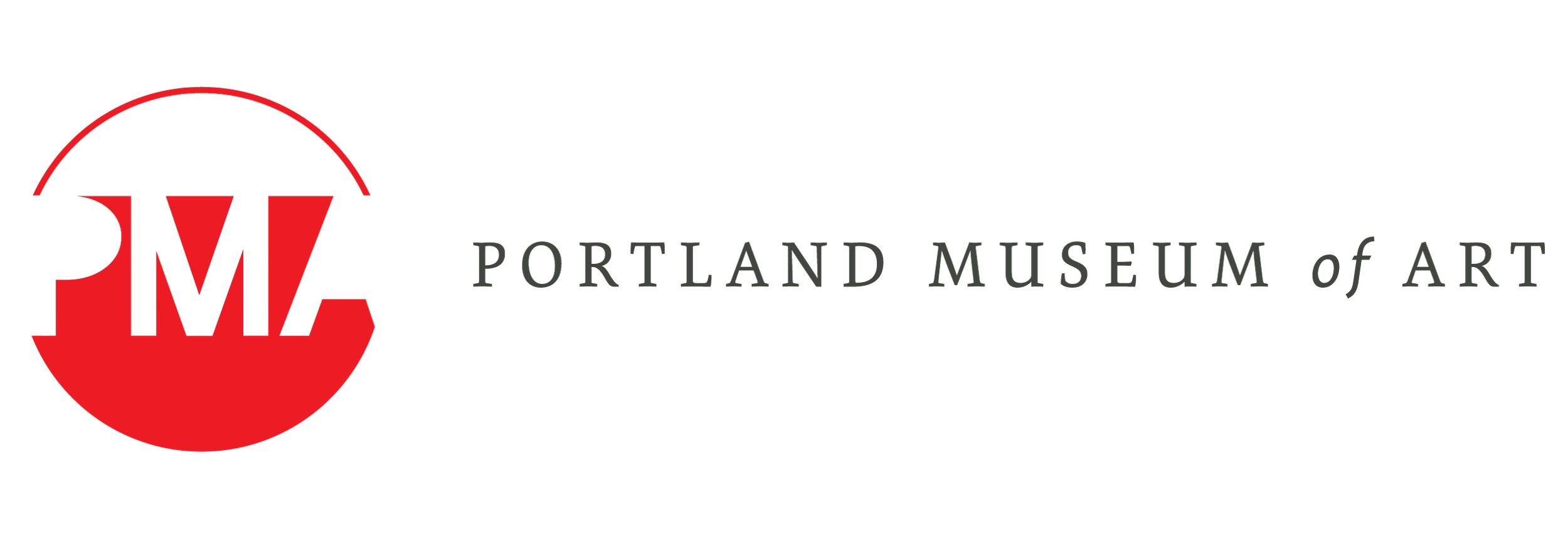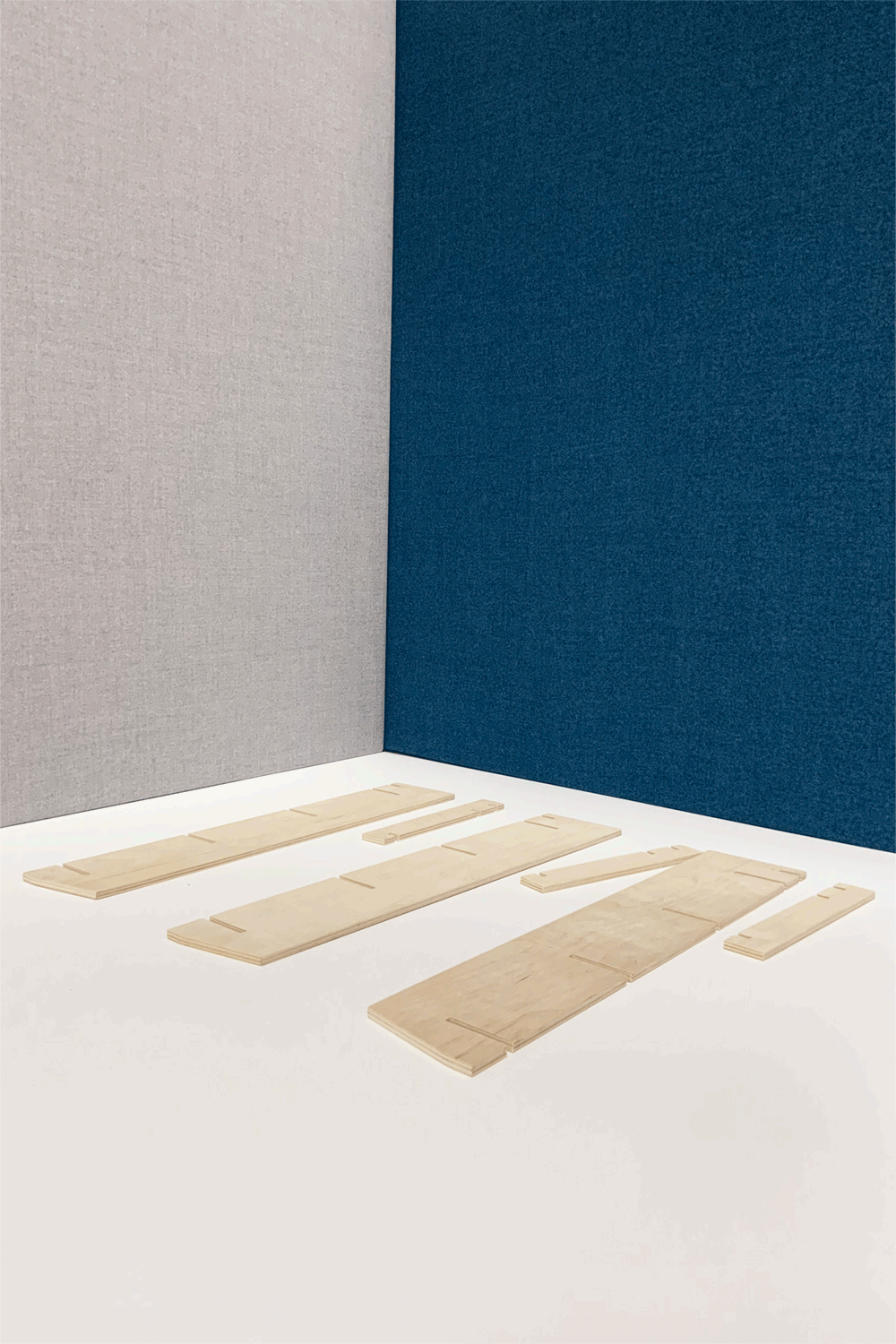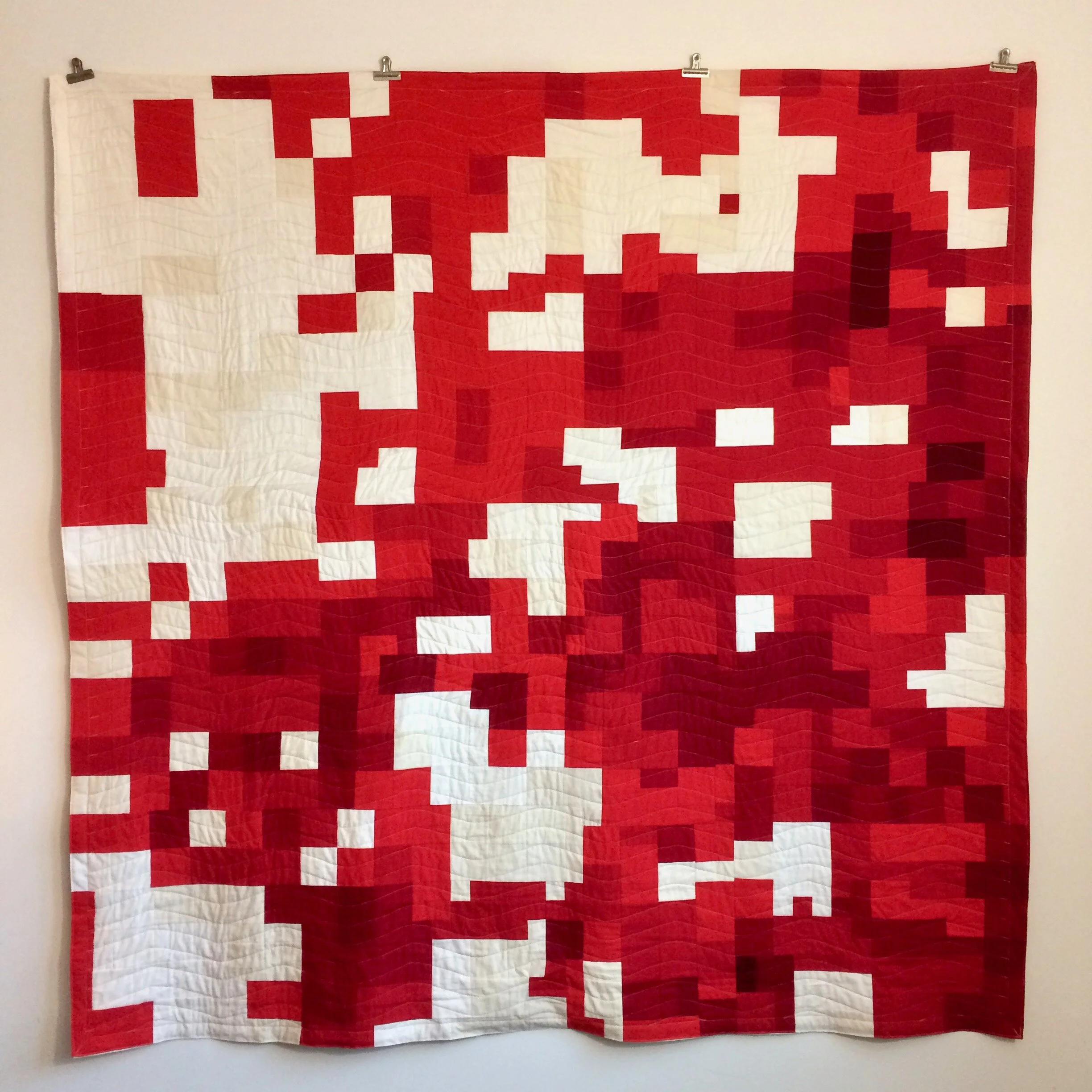Jeremy Frey (born in 1978) is a Passamaquoddy basketmaker, who learned weaving from his mother and apprenticed at the Maine Indian Basketmakers Alliance (of which he is now a board member). Frey, who comes from a long line of native weavers, learned the traditional techniques of weaving brown ash and sweetgrass into baskets and now introduces new styles and techniques such as unique shapes and very fine weaves. Frey won Best of Show at Sante Fe Indian Market and at the Heard Indian Market in Fair in 2011 and 2015. This is only the second time that someone has won both shows in the same year and the first time a basket has achieved this honor at the Sante Fe Indian Market in its over 90-year history. He has work in the Smithsonian Institution as well as many other prominent museums around the country. In 2010, he was awarded a Distinguished Fellow in Theater and Performance grant from United States Artists.
Read MoreOriginally from Old Orchard Beach, Cody Castle-Stack (born 1994) is an artist and a local arts organizer based in Portland. His artistic practice is an endless painterly exercise, a sandbox to form, and challenge his notions of creation. Together, his paintings aim to elevate immediacy and difference, and prioritizes aesthetic and conceptual variance over expressions of skill. In 2018, Castle-Stack co-founded New System Exhibitions, a not-for-profit art exhibition space in the beloved New System Laundry building in West Bayside neighborhood of Portland. The six co-directors, young artists themselves, operate a scaled-back exhibition environment where local emerging artists are given ample space to execute their creative vision and share it with their community. He has exhibited throughout Maine and has received a Mellon Humanities Fellowship and Nellie C. Watterson Fellowship.
Read MorePainter Katherine Bradford (born 1942) lives in New York City with her wife of 30 years and spends her summers in Maine, where she lived year-round in the 1970s. It was at that time she began painting, and was one of the founding members of the Union of Maine Visual Artists (UMVA). She wrote art reviews for the Maine Times and had her first solo show at Corsican Pizza in Brunswick. She has since had solo shows at the Museum of Art in Fort Worth, TX, and at Sperone Westwater in New York City, among others, and has been featured in group shows at institutions such as MoMA P.S. 1, New Orleans Prospect.4, the Brooklyn Museum, and the Crystal Bridges Museum of American Art. She has taught widely, and has been awarded a Guggenheim Fellowship, a Joan Mitchell Foundation Award, and two awards from the American Academy of Arts and Letters. Her work is included in the collections of the Portland Museum of Art; the Metropolitan Museum of Art; the Dallas Museum of Art, and the Brooklyn Museum.
Read MoreThis program designed specifically for educators features PMA staff in conversation with Fiona Hopper and Bridgid Neptune. Tune in to explore the exhibition Stories of Maine: An Incomplete History, learn about PMA Resources, and discuss how to utilize multiple perspectives in the classroom.
Read MoreRachel Church responds to her own lived experience to bring attention to issues that have more importance than first meets the eye, both politically and personally. In 2020, she responded to the lack of compassion and empathy exhibited toward other human beings in the United States with the creation of Seeing Red #2.
Read MoreInterdisciplinary artist Evelyn Wong works with themes of identity, race and gender, community, and storytelling. Wong often researches histories and socio-political issues that have affected or are affecting Asian Americans to inform her art. In Mooncakes for Democracy, she recalls and updates an ancient tale about love and betrayal to coincide with the 2020 United States presidential election.
Read MoreIn 2020, sculptor and furniture designer Charles Schreiber thought about making things that were compact, easy to transport, and mobile. He shared, “Nobody knows what’s going to happen. Things feel so insecure now for so many people that being able to pull up stakes quickly and move seems to be something to consider.”
Read MoreSculptor veronica a perez utilizes artificial hair and flowers as well as other kitschy materials that serve as personal and universal commentaries on contemporary Latinx issues. She explores the hybridization of ancestry, identity and culture as well as the fragile nature of beauty ideals in thought-provoking sculptures.
Read MoreTiti de Baccarat identifies as a painter, sculptor, clothing designer, jeweler, and writer. He began to practice art in Africa in a very complex political context and he was forced to flee his country, Gabon, with only the wealth of his artistic ability. He found refuge in Maine and he has lived in Portland since February 2015.
Read MoreA pile of dishes, a mashup of cultures and time periods—this installation of Joshua Reiman’s speaks to the long history of human oppression and colonization as embodied through food and serving vessels. Ironically, even as we try and wash away these stains, they remain and continue to live on.
Read MoreEleanor Kipping explores the experience of the Black diasporic female body in the United States through the examination and deconstruction of historical and contemporary narratives.
Read MoreIn 2020, Celeste Henriquez reflected on her role as a parent and caregiver in her abstract paintings. Her daughter, Abigail, is a young adult with a profound intellectual disability and requires the artist’s care. These two paintings are from a body of work titled Guardians, which began in 2020 pre-pandemic when her daily life combined managing her care from a distance and painting in her studio; then Abigail came down with the coronavirus in early March and strangers cared for her at a health facility.
Read MoreMaterial, process, and intuition are core concepts in the sculpture of Steve Bartlett. Intentionally ambiguous, his work draws on elements of abstraction, the human body, and nature.
Read MoreThe print We Gonna Be Alright is a digital piece created during the first two weeks of quarantine, when every day was clouded with an uncertainty that permeated throughout every facet of life.
Read MoreGreta Bank’s sculpture, performances, and installations often use both topical and historical content to provoke social inquiry. Bank describes her work as visual essays, positioning her audience to reflect on diverse matters such as environmental corruption, mass consumption, and social constructs.
Read MoreThe abstract paintings of Henry Austin aim to lay bare what it means to him to be alive. He likens the intuitive act of painting to dance, recalling the performative nature of 20th-century action painters.
Read MoreAnna Dibble’s winsome world of imaginary climate-based landscapes speaks to people experiencing both vulnerability and resilience. We see them in boats on what she calls ‘early oceans’ and we see them walking alone with a dog in beautifully spare but perhaps wounded surroundings.
Read MorePerformance artist and sculptor Deborah Wing-Sproul reflects on social, cultural, economic, and political inequities amplified by the events of 2020 in her new work, Meet me at the pool. This performance and sculpture are informed by community lockdowns and isolation as well as the tension between presence and absence. The swimming pool—a place of social exclusivity and a sign of wealth and leisure—is the starting point of investigation.
Read MoreChristopher Dudley based this quilt off an infographic about government benefits in The New York Times on February 12, 2012. The United States map illustrates areas (based on a state’s counties) that rely or don’t rely on government benefits. Dudley found it saddening that the U.S., supposedly the richest nation of the world, has such disparity between rich and poor and that social programs for helping people in need are viewed so divisively. He turned to quilting to convey his dismay.
Read MoreLike many families in 2020, Gross’ family life shifted when the pandemic hit Maine. During these six months together, Gross felt the ordinary and extraordinary weave together: a birthday celebration, the Fourth of July, a Black Lives Matter protest and march organized by students at South Portland High School, among others.
Read More



















